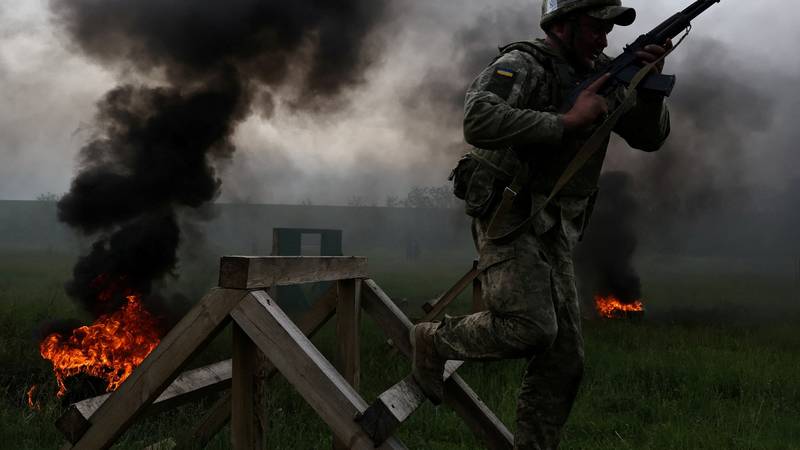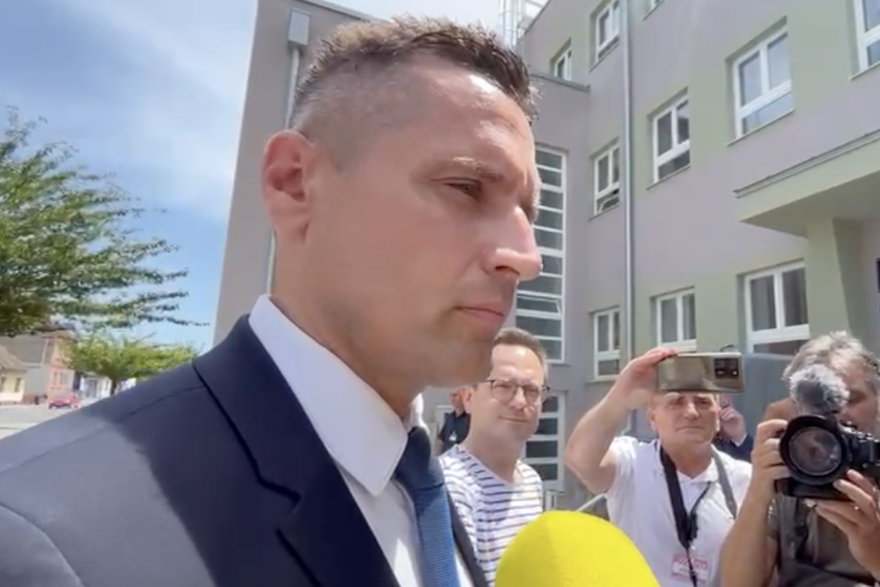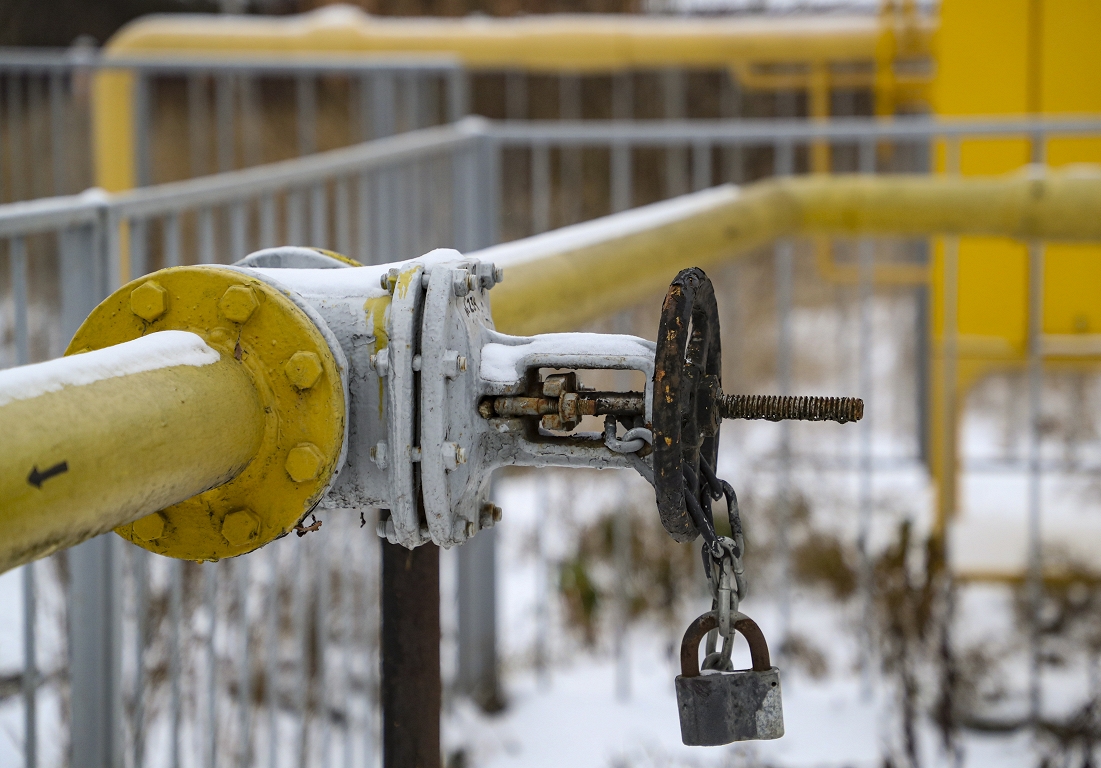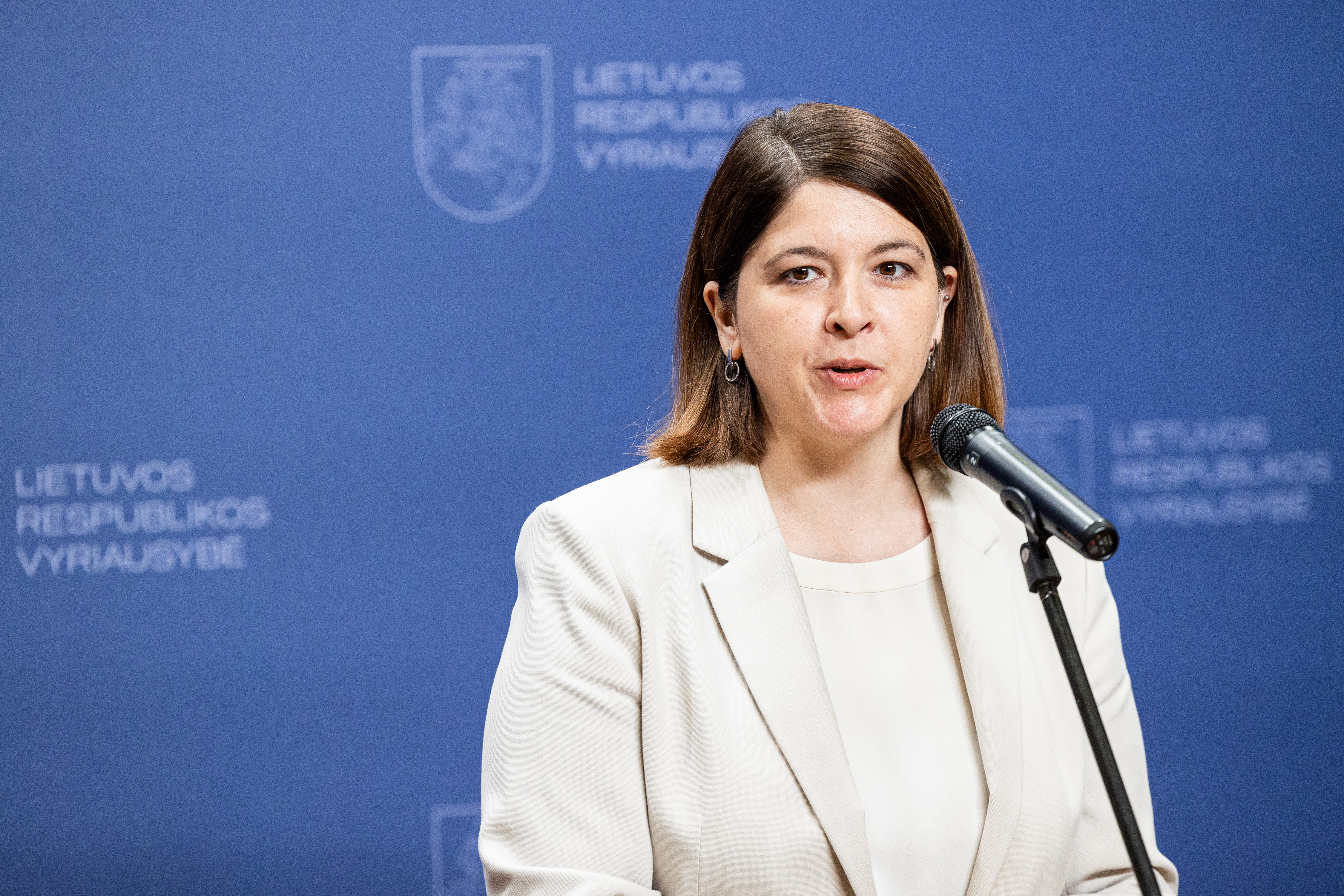Conflicts on the front in Ukraine are tightened: ‘The negotiations will be tense, it will be difficult to the tribute’

During Monday, a new circle of negotiations in Istanbul was supposed to begin between Ukrainian and Russian sides, from which, in fact, no one expected much. The Russian delegation arrived in Turkey again without a single minister, and the weekend was marked by fierce war conflicts.
Shortly before the negotiations, the Ukrainian SBU SBU safety service made a spider surgery she had prepared for a year and a half. According to the sources of the Ukrainian service in a major coordinated attack involving 117 drones, ten Russian strategic bombers were destroyed and dozens were damaged.
The surgery in which 117 drones were used was supervised by Ukrainian President Volodimir Zeleni, and SBU Director Vasil Maljuk. Ukraine used artificial intelligence to recognize the drones predetermined targets and to make their effectiveness as greater as possible. The security service in Poltavii, where the Air Force Museum is located, trained and questioned the cavance of drones with artificial intelligence, writes United24media. The Ukrainians allegedly tested artificial intelligence systems used in spider surgery so that they studied strategic bombers exposed to the Poltava Museum.
Russian retaliation Brozo followed, so on Monday night, Ukrainian Harkiv was chased by drones and ballistic missiles. At least six people were injured, including one child, local authorities reported on Monday.
– These war activities will certainly affect negotiations, if they are played at all. It will certainly be very tight and everyone will stand firmly in their positions. Neither side shows that they are ready for a truce and their negotiations are really just a formality – Military analyst Marinko Ogorec tells us.
Commenting on the professional military aspect of the spider surgery, he said it was a well -prepared and well -performed surgery that hit Russian military goals. So, according to efficiency, Ogorec said, it was really flawless, but what the consequences would bring, it remains to be seen.
For the action, the aim for targeting with the help of artificial intelligence is developed on the basis of TU-95MS, Tu-160 and Tu-22M3 bombers exhibited at the Museum of Far and Strategic Air Force in Poltava. These aircraft were used to simulate radar profiles, visual features and structural schedules to surgically accurately hit Russian strategic bombers.
After preparations with the help of museum copies of Soviet planes, the SBU transferred the people and resources to the city of Celjabinsk, where drones were assembled. Given that the direct launch of drones was unthinkable, Ukrainians had to find a way to launch them without noticing the Russians. The desired result was given with the help of the so -called. ‘Trojan trucks’. Particularly made containers were mounted on low -floor trailers with a deadly burden. The containers that were transported were modified: the side could be remotely opened at the command of the operator. Drones are secretly smuggled to Russia over several weeks under the control of Ukraine security service (SBU). According to Ukrainian sources, the drivers of the tanker did not even know that they were transporting drones.
On social networks, eyewitnesses living near Olenjacka air base on the car peninsula appeared. According to them, one of the drivers ran into the street in a panic when drones began to leave his truck. He later told the police that he had been ordered to park the vehicle near Olenegorska, where he was supposed to be greeted by an unknown man.
The epilogue is known, although there are disagreements in his volume, the Ukrainians wrapped FPV with five Russian bases: Belaya, Djagilevo, Ivanovo North, Olenje and Ukrainka. SBU claims that more than 40 Russian military aircraft were affected, including strategic Tu-160, Tu-95 and TU-22M bombers, as well as one aircraft for early warning and control of the A-50. After the attack, Russian officials declared an extraordinary situation on the air bases of Engels and Morozovsk for possible air threats in these locations.
President Volodimir Zeleni stated that the « office » in which the operation was prepared near the headquarters of the Russian Federal Security Service (FSB) in a Russian city, and that 34 percent of Russian strategic crusaders were affected.







